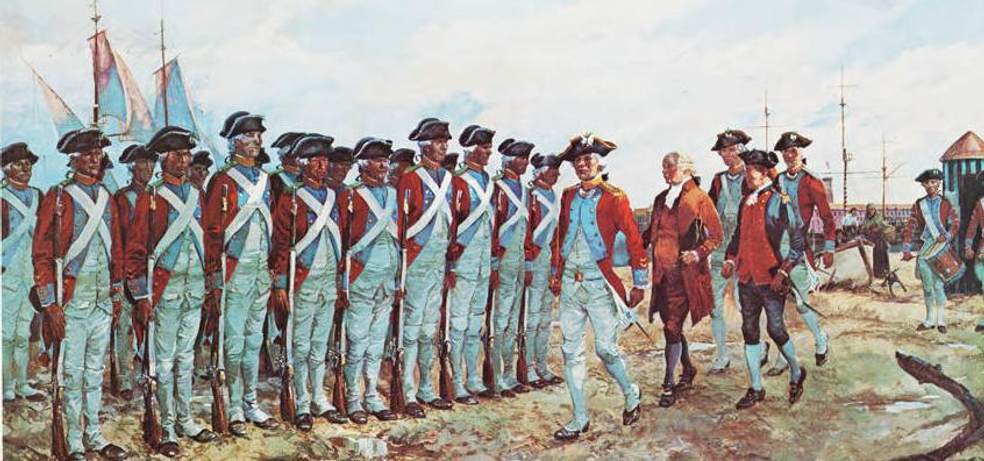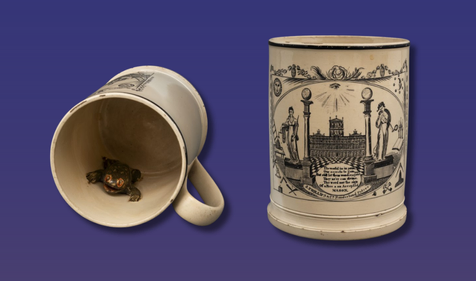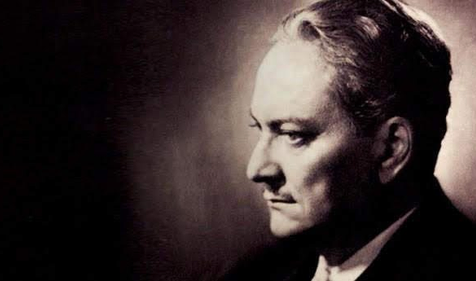Brother John Paul Jones, the “Father of the American Navy,” led a life of daring exploits and commitment to liberty that exemplify the virtues of Freemasonry and American resilience.
“If fear is cultivated it will become stronger, if faith is cultivated it will achieve mastery.” Brother John Paul Jones
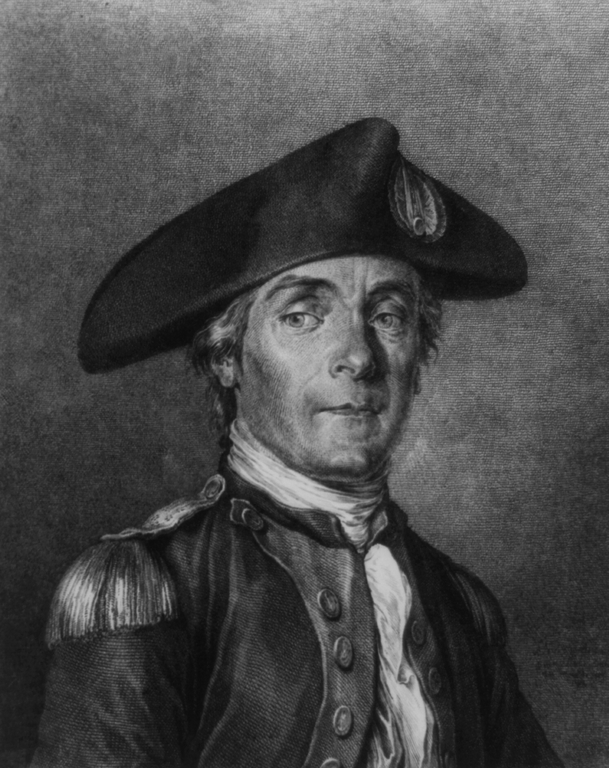
It is well established that the history of the United States and Freemasonry are intertwined and that the virtues we celebrate in the Craft are the same we revere as Americans.
Resilience. Courage. Unwavering Service to Humanity.
We in the fraternity tend to tout that many of our Founding Fathers were Freemasons, and rightfully so, as we would not be the nation we are today without these groundbreaking men. However, one pivotal Brother who often goes overlooked for his role in the founding of America is John Paul Jones, or as some history buffs know him, the “Father of the American Navy.”
His life was a grand adventure, full of daring exploits, moral dilemmas, and a quest for personal and national honor. He was a man of principle and a naval hero who led audacious victories against the might of the British fleet during the American Revolution.
For Masons and admirers of history alike, the story of Commodore John Paul Jones serves as a timeless reminder of what it means to stand resolute in the face of adversity and to fight for a cause greater than oneself.
The Lad from Arbigland
At birth, he was just John Paul, coming into the world on the estate of Arbigland near Kirkbean, along the rugged and picturesque coast of southwestern Scotland. His connection to the sea began early, when at just 13 years old he embarked on his maritime career, sailing out of Whitehaven in the northern English county of Cumberland as an apprentice aboard the Friendship under Captain Benson.
Unfortunately, John Younger, the ship’s owner, soon encountered financial troubles and released Paul from his apprenticeship. With his apprenticeship cut short, Paul ventured into the harsh world of the slave trade at the age of 17, becoming the third mate of the King George of Whitehaven. Two years later, he transferred to the Two Friends of Kingston, Jamaica, serving as first mate on a grueling voyage that carried 77 enslaved Africans across the Atlantic. This journey left a deep impression on the young mariner. Overcome and disgusted by the inhumanity, he abandoned the slave trade entirely, later calling it “abominable.”
Tragedy struck in 1768 aboard the brig when yellow fever claimed the lives of both the captain and a senior officer, leaving the crew adrift and leaderless. The men turned to Paul, who, displaying remarkable skill and leadership well beyond his years, successfully navigated the ship back to port. Impressed by his prowess and fortitude, the ship’s owners appointed him master of the vessel, granting him a share of the cargo profits—a remarkable achievement for a young man of only 21.
The Freemason Fugitive
In 1770, during his second voyage, Jones disciplined a crew member who attempted to incite a mutiny. While his actions were initially justified, the sailor later died from his injuries. The incident severely damaged Paul’s reputation, leading to his arrest and brief imprisonment in Kirkcudbright. He was released on bail, and while in Scotland, Brother John Paul became a Freemason as a member of St. Bernard’s Masonic Lodge No. 122 in Kirkcudbright, Scotland, and was raised to Master Mason on November 27, 1770. The John Paul Jones Museum has a copy of his petition letter, which reads:
To the Worshipfull, the Master, Wardens & Permanent Brethren of free and accepted Masons of the Lodge of St Bernard held at Kirkcudbright.The Petition of John Paul, Commander of the John, of Kirkendal, Humbly Sheweth
That your Petitioner, for a considerable time by-past, haith entertained a strong and sincere Regaird for your most noble, Honourable, and Ancient Society of Free and Acepted Masons, but Hitherto not meeting with reasonable opportunity Do now most Humbly crave the benefit of Receiving and Admitting me Into your fraternity as an Entered aprentice, promising, assuring and engaidging to you That I shall on all Rules and Orders of your Lodge be most obsequient and observant. That I shall in all things Deport, behave, and act answerable to the Laws and Instructions of the Lodge, and in every thing to which I may be made lyable, promising faithful obedience. The complyance of your Right Worshipfull Wardens and rest of the Brethren will singularly oblidge and very much Honour, Right Worshipfull, your most Humble Petitioner and most Humble servant.
Jno Paul
Although his admittance to the Brotherhood vouched for his quality of character, a cloud of suspicion lingered, and local authorities quietly advised him to leave Scotland and take on a new name.
Departing from his homeland, Brother Paul assumed command of a ship called the Betsy. What followed was an 18-month gap in Brother Paul’s history before he resurfaced in Fredericksburg, Virginia, where he settled the affairs of his deceased brother. Around this time, he adopted the name "Jones," a new identity that has since become legendary.
In Virginia, Brother Jones forged new connections with influential figures of the era and by the summer of 1775, he had aligned himself with revolutionary leaders in Philadelphia.
Father of the American Navy
From this point onward, America became, as he fondly described it, “the country of his fond election,” and Brother Jones soon joined the nascent American navy to fight against the British Crown. His first mission aboard the Alfred in February 1776 brought him to Nassau in the Bahamas, where he participated in a raid to capture vital military supplies for the revolutionary cause. On their return voyage, the fleet engaged in an unsuccessful skirmish with a British packet ship, but Brother Jones’s capabilities stood out.
His valor and skill earned him command of the Providence, a smaller sloop that Brother Jones used to complete a variety of missions crucial to the American war effort. He transported troops, moved supplies, and escorted convoys, all while honing his understanding of naval strategy. Most famously, in the summer of 1776, he undertook a six-week voyage to Nova Scotia, during which he captured 16 British vessels and conducted the daring Raid on Canso, inflicting significant damage on British resources.
On June 14, 1777, the same day the Stars and Stripes flag was adopted—Brother Jones assumed command of the Ranger. His orders were to sail for France and assist the American cause however possible. Once in Paris, he forged a strong friendship with fellow Freemason Brother Benjamin Franklin, who was deeply impressed by Brother Jones’ vision for naval strategy. This alliance proved invaluable as Brother Jones secured support from France, America’s soon-to-be ally.
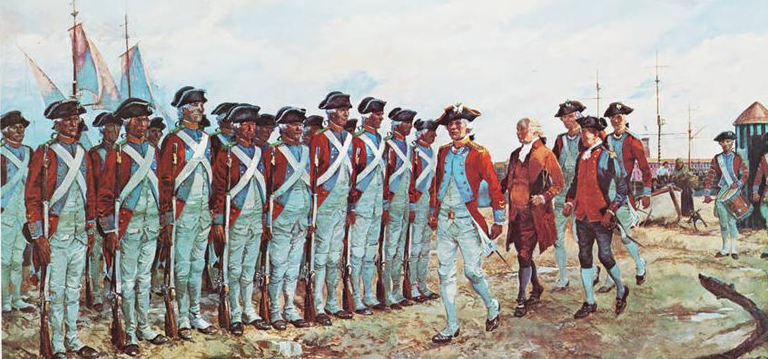
The Battle of the Bonhomme Richard
On September 23, 1779, commanding a squadron of five ships, including the Bonhomme Richard, Brother Jones intercepted a British merchant convoy off East Yorkshire. The HMS Serapis, a powerful 44-gun frigate, and the Countess of Scarborough defended the convoy, allowing most of the merchants to escape. Outgunned and commanding an aging, rebuilt merchant ship, Brother Jones boldly engaged, knowing the odds were against him.
As the battle raged, the Bonhomme Richard sustained severe damage, catching fire and taking on water. When Captain Pearson of the Serapis demanded surrender, Brother Jones famously retorted, “I have not yet begun to fight!” Locking the two ships together, Brother Jones turned to brutal close-quarters combat, with Marines firing from the rigging and deck guns pounding the enemy. The tide turned when a grenade explosion crippled the Serapis, forcing Pearson to surrender.
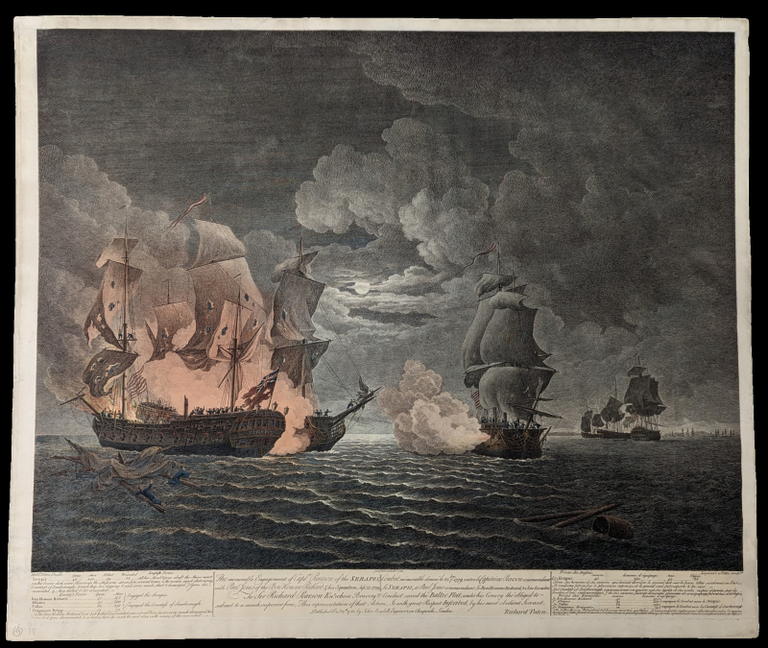
For his heroism, King Louis XVI of France awarded Brother Jones the title “Chevalier” along with a medal, a ceremonial sword, and membership in the prestigious Institution du Mérite Militaire. In contrast, his British enemies branded him a pirate, a mark of the fear and respect he commanded on the seas. Brother Jones’s victory not only bolstered American morale during the Revolution but also solidified his reputation as one of history’s greatest naval commanders.
Death, Funeral, and Legacy
In June 1792, Brother John Paul Jones was appointed as U.S. Consul, tasked with negotiating the release of American captives from the Dey of Algiers. Sadly, before he could fulfill this important mission, he was found dead on July 18, 1792, in his Paris apartment at only 45 years old from interstitial nephritis. A small, solemn procession of friends, loyal supporters, and servants escorted his body to the Saint Louis Cemetery in Paris, a resting place befitting a man of his valor.
More than a century later, U.S. Ambassador to France General Horace Porter led a six-year search to locate Brother Jones’s remains. Using a poor copy of a burial record and aided by anthropologist Louis Capitan, Porter discovered Brother Jones’s body preserved in a lead coffin. After confirming his identity, Brother Jones’s remains were returned to America with great honor.
The Navy transported his body back aboard the USS Brooklyn, accompanied by three cruisers, including the USS Tacoma. As the convoy approached American shores, seven U.S. Navy battleships joined the procession, honoring the man who is often regarded as the 'Father of the American Navy.' On April 24, 1906, Brother Jones’s coffin was ceremoniously installed in Bancroft Hall at the U.S. Naval Academy in Annapolis, Maryland. The ceremony was presided over by President Theodore Roosevelt, a fellow Freemason, who paid a heartfelt tribute to Brother Jones. On January 26, 1913, Brother Jones’s remains were reinterred in a bronze and marble sarcophagus at the Naval Academy Chapel—a final resting place worthy of his storied life.
Brother Jones’s legacy extended beyond the pages of American history and into the hearts of his fellow Masons. In 1923, Franklin Delano Roosevelt—himself a Brother—wrote a screenplay about Brother Jones, demonstrating the deep admiration he inspired among those who followed him. Although the script was declined by Paramount Pictures founder Adolph Zukor, Brother Roosevelt’s effort underscores the enduring fascination with Brother Jones’s life and the shared ideals between this legendary naval officer and the Masonic fraternity.
In many ways, Brother John Paul Jones embodied the highest principles of Freemasonry: bravery in the face of adversity and a devotion to serving others in the pursuit of liberty.
Related Stories
Discover additional Scottish Rite blogs and news on this topic.
-
A Jolly Masonic Mug
History
Read More about A Jolly Masonic Mug
-
The Life and Career of Brother Arnold Palmer
Famous Masons
Read More about The Life and Career of Brother Arnold Palmer
-
Manly P. Hall: Philosopher, Mystic, and Freemason
Famous Masons
Read More about Manly P. Hall: Philosopher, Mystic, and Freemason
